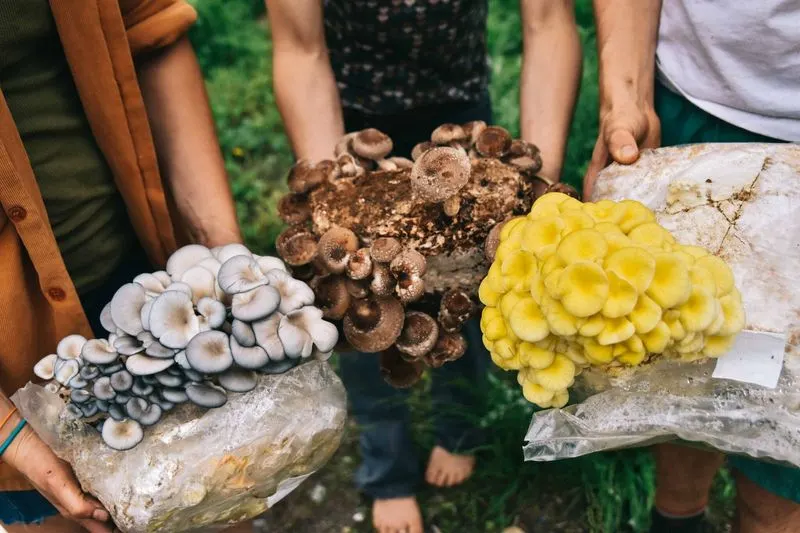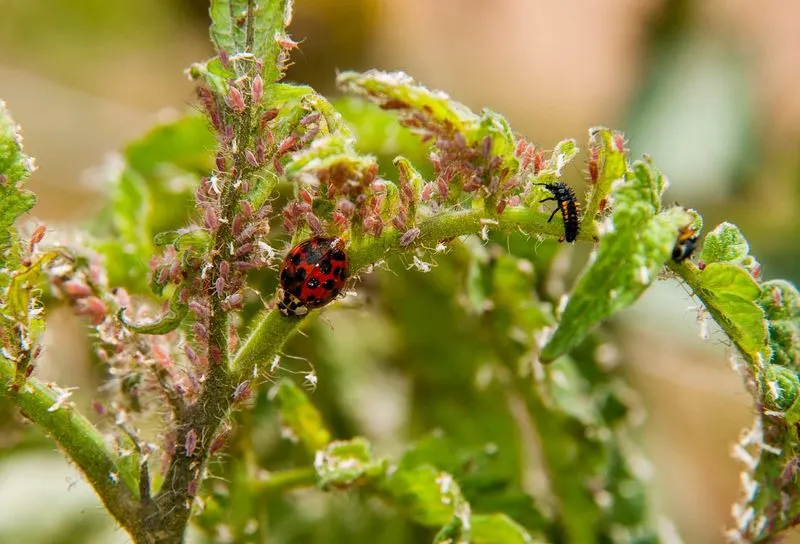Beneath the soil, an invisible network of fungi is hard at work helping your fruit plants thrive. Known as mycorrhizal networks, these underground fungal threads connect roots, transport nutrients, and improve water uptake—directly influencing fruit yield and plant health.
By understanding how these fungi operate, gardeners can take simple steps to foster stronger networks and reap bigger, better harvests. Supporting this natural system means healthier plants, more resilient soil, and tastier fruit—with less need for fertilizers.
In this article, discover how fungi networks improve fruit yield—and how you can support them to unlock your garden’s full potential.
Mycorrhizal Magic

Ever marveled at a garden’s bounty and wondered about its secret? Mycorrhizal fungi might just be the hidden treasure. These underground allies form networks with plant roots, enhancing nutrient uptake. This means plants can access water and phosphorus more efficiently.
Imagine your tomatoes growing plumper, juicier! By fostering these fungi, you can witness such transformations. Consider introducing inoculants into your soil or planting cover crops that naturally boost fungal growth.
The result? A symbiotic relationship that elevates fruit yield. Nature’s collaboration at its finest!
Compost and Fungi Fun

Composting is more than just recycling waste; it’s a playground for beneficial fungi. These organisms break down organic matter, enriching the soil for fruit plants.
Picture a thriving compost pile that feeds apple trees, resulting in crisp, delicious fruit. Adding diverse materials to your compost, like leaves and vegetable scraps, encourages fungal activity.
As these fungi feast and flourish, they prepare the ground for healthier plants. This unseen workforce can radically improve your garden’s productivity. A simple, sustainable step toward boosting fruit yield!
Mulch: More Than a Blanket

Think mulch is just for aesthetics? Think again! It’s a fungi-friendly environment, promoting growth and activity beneath the surface. Mulch retains moisture and provides organic matter, nourishing the fungi that support fruit plants.
Visualize a bed of strawberries thriving under a cozy mulch layer, benefiting from this natural partnership. Choose organic mulches like straw or wood chips to cultivate a robust fungal network.
This symbiosis not only conserves water but enhances soil health, leading to improved fruit yield. It’s a strategy that’s both eco-friendly and effective.
Diverse Planting, Diverse Fungi

Embrace diversity in your garden, and watch the fungal community thrive. Different plants attract various fungi, forming a rich ecosystem that boosts fruit production.
Think of a garden brimming with berries, grapes, and herbs, all supported by a web of mycelium. By mixing plant species, you encourage a balanced environment where fungi can flourish.
This diversity doesn’t just add visual interest; it strengthens the garden’s resilience and yield. It’s a vibrant dance of life that turns your garden into a fruitful paradise.
Natural Pest Control

Pests can wreak havoc on fruit gardens, but fungi offer a natural defense. Certain fungi act as biocontrol agents, keeping harmful insects at bay.
Imagine a peach tree free of pests, thanks to its fungal allies. Introducing these beneficial organisms can reduce the need for chemical pesticides.
By fostering such relationships, you create a healthier, more balanced ecosystem. It’s a natural solution that protects your fruit while preserving the environment. Harnessing fungi for pest control is a savvy gardener’s secret weapon.

